Transcriptome analysis illuminates the nature of the intracellular interaction in a vertebrate-algal symbiosis
 Chloroplasts are of course the descendants of ancient endosymbiotic cyanobacteria. While there are examples of photosynthetic bacteria or algae living in animal tissues (e.g., anemones and corals), vertebrate endosymbiosis is rare. One exception is the interaction between a salamander Ambystoma maculatum and the green alga Oophila amblystomatis, which lives on and within the salamander’s eggs (oophila means egg-lover). The metabolic interactions between the two species have not been fully understood. Burns et al. took a transcriptomic approach, comparing the free-living, within-egg and on-egg algal transcriptomes, as well as those of the salamander host with and without the symbiont. Interestingly, one finding is that the algae within the cell are oxygen-deprived and may rely on fermentation for energy production, calling into question what benefit they get from this interaction. As the authors conclude, “Whether the intracellular algae are on the positive end of a net host benefit remains uncertain, however it is clear that the algae have an unconventional ‘photosymbiont’ role.” eLIFE 10.7554/eLife.22054
Chloroplasts are of course the descendants of ancient endosymbiotic cyanobacteria. While there are examples of photosynthetic bacteria or algae living in animal tissues (e.g., anemones and corals), vertebrate endosymbiosis is rare. One exception is the interaction between a salamander Ambystoma maculatum and the green alga Oophila amblystomatis, which lives on and within the salamander’s eggs (oophila means egg-lover). The metabolic interactions between the two species have not been fully understood. Burns et al. took a transcriptomic approach, comparing the free-living, within-egg and on-egg algal transcriptomes, as well as those of the salamander host with and without the symbiont. Interestingly, one finding is that the algae within the cell are oxygen-deprived and may rely on fermentation for energy production, calling into question what benefit they get from this interaction. As the authors conclude, “Whether the intracellular algae are on the positive end of a net host benefit remains uncertain, however it is clear that the algae have an unconventional ‘photosymbiont’ role.” eLIFE 10.7554/eLife.22054


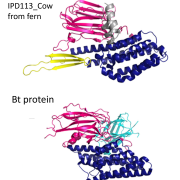
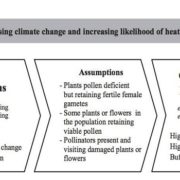
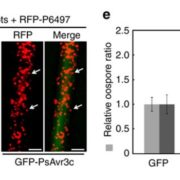
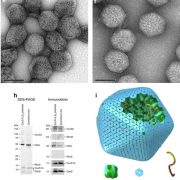
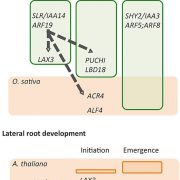
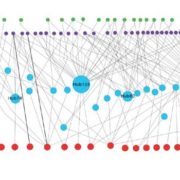


Leave a Reply
Want to join the discussion?Feel free to contribute!